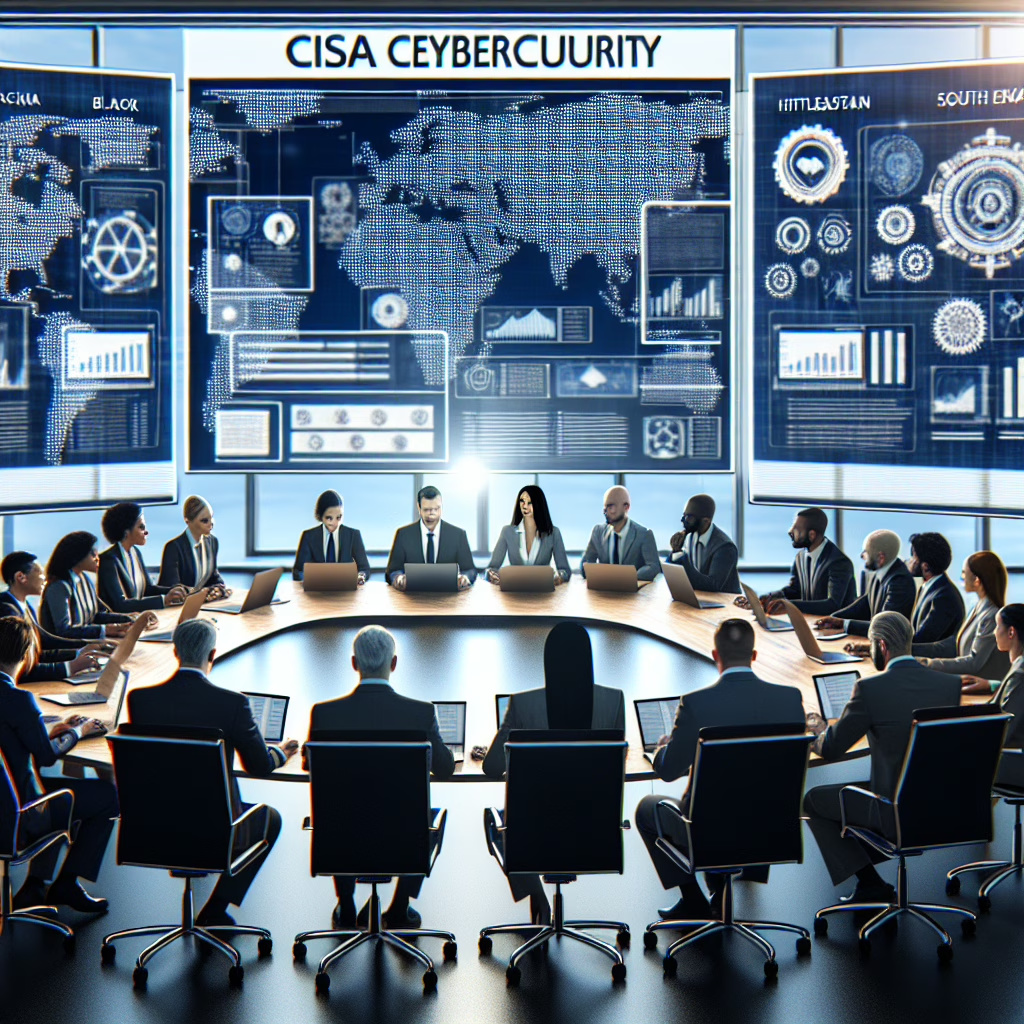The cybersecurity landscape is shifting faster than a cat video going viral on the internet. In this whirlwind of digital chaos, we find ourselves peering into the future of cybersecurity in 2025, particularly with the recent news that most of CISA’s senior leaders are packing their bags and heading for the exit. Yes, you heard it right—CISA, our beloved Cybersecurity and Infrastructure Security Agency, is experiencing a bit of a leadership game of musical chairs.
CISA’s Leadership Exodus: A Blessing in Disguise?
Now, before you start imagining a scene from a dystopian movie where the last remaining CISA leader valiantly defends against cyber threats while being chased by rogue hackers, let’s take a moment to unpack what this really means. CISA has been pivotal in shaping our nation’s response to cyber threats, but with many senior leaders exiting, one might wonder if this is the end or just the beginning of something new.
Change can be intimidating, especially when it involves significant figures in an organization. However, as they say, every cloud has a silver lining—or in this case, every leadership change might just bring fresh ideas and perspectives to the table. With new leaders stepping in, we could see innovative strategies and approaches that could better equip us to tackle cyber threats as we stride confidently into 2025.
What Does This Mean for Cybersecurity?
As we look at CISA’s leadership changes, it’s essential to consider how this affects our cybersecurity strategies moving forward. The tech landscape is evolving at lightning speed; hence, it’s crucial for organizations like CISA to adapt accordingly. One might argue that if CISA can refresh its leadership team with dynamic thinkers who embrace change, we could witness an exciting evolution in our national cybersecurity protocols.
New leaders often come with fresh perspectives and an eagerness to implement modern solutions to age-old problems. Imagine a world where CISA rolls out innovative training programs that prepare organizations for tomorrow’s threats rather than yesterday’s. It’s not just about maintaining current security measures; it’s about anticipating future challenges, particularly as cyber threats evolve.
The Importance of Consistency Amid Change
Now, let’s not forget that while new leadership can bring revitalization, consistency is also key. The foundational work done by previous leaders should not simply vanish into thin air like socks in a dryer. To successfully navigate through these changes, new leaders must build upon existing strategies while introducing novel ideas.
The goal should be clear: enhance collaboration between government agencies and private sectors. After all, cybersecurity doesn’t adhere to boundaries—hackers don’t check if you’re public or private before launching an attack! A cohesive approach can bolster our defenses significantly.
CISA and the Future of Cybersecurity
As we anticipate what’s next for CISA in 2025 and beyond, let’s keep an eye on several key factors:
- Innovation: New leaders may prioritize emerging technologies like AI and machine learning to predict and combat cyber threats more effectively.
- Collaboration: Expect more partnerships with tech companies that can offer cutting-edge solutions to protect critical infrastructure.
- Public Awareness: A focus on educating the general public about cybersecurity practices could lead to a more informed populace that actively participates in their own digital safety.
This shift might also lead to improved incident response strategies that are not only reactive but also proactive—think of it as shifting from a firefighter mentality to a fire prevention mindset.
Looking Ahead: Embracing Change
The bottom line? CISA’s current shakeup could serve as a catalyst for much-needed innovation in our national cybersecurity strategy. While some may lament the departure of seasoned leaders, let’s remember that sometimes, out with the old and in with the new can breathe fresh air into any agency.
As we venture deeper into 2025, one thing remains clear: cybersecurity will continue to be a pressing concern for everyone—from government agencies down to individual users. Keeping an optimistic outlook amidst transitions like these might just be what we need to safeguard our digital futures.
So what do you think? Are you excited about the potential changes at CISA? Or do you feel nostalgic about the old guard? Share your thoughts below!
For further insights on cybersecurity trends, check out our post on changing your passwords to ensure security and learn how to stay safe online.

